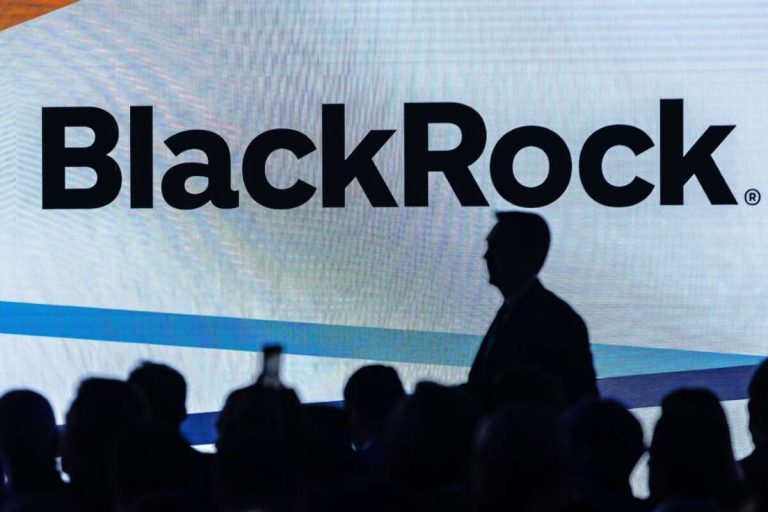By Umair Haque for Eudaimonia - Now. Where does this approach — lower prices leading to the greater good — leave America? Well, it leaves it unable to provide utilities well, or genuinely, really, at all. Lower prices are always thought to be provided by competition, hence, instead of utilities being things are provided by a working social contract to everyone, they are deregulated. The invisible hand, it is hoped, will provide them. The problem is that utilities are all natural monopolies: it’s always cheaper for there to be one energy or water or news provider than for a dozen, because laying those lines and pipes costs money. And precisely the same is true for the net: market competition cannot lead to lower prices, because the internet is a natural monopoly, hence, you have at most two choices of providers in most markets, if that. The invisible hand becomes a fist. The result is that Americans don’t really enjoy utilities in the same way as the rest of the world at all: they are fleeced for the basics, by natural monopolies, who never lower prices, only raise them — and eviscerate the quality of what they are supposed to provide. Flint has no clean water. Puerto Rico has no power. California was sent into crisis by manipulated energy “markets”, which weren’t markets at all. America has no BBC or National Health Service, again because “competition will lower prices” — only there is no competition, and prices only rise, while quality falls.









